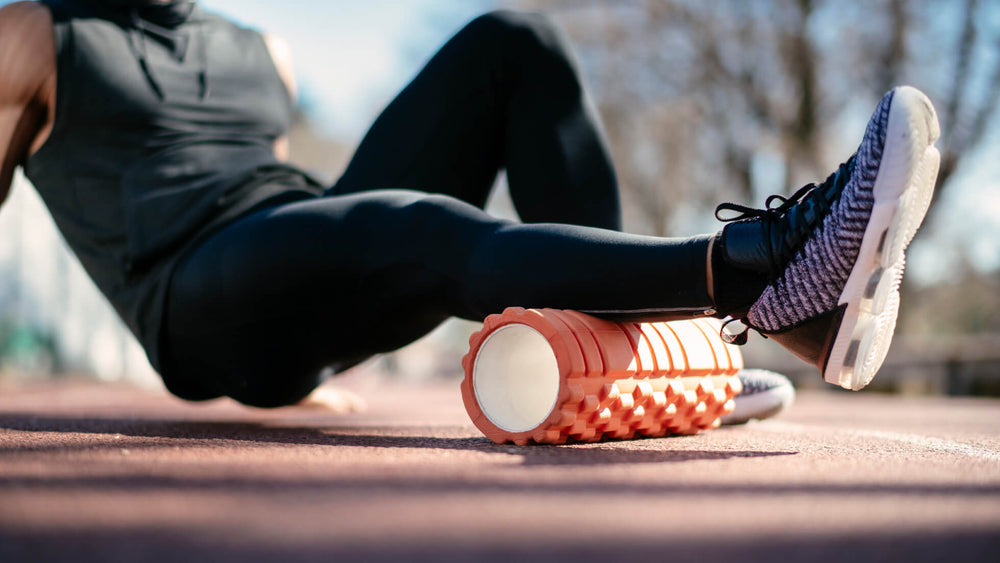Vitamin B-6 (Pyridoxine HCL) Essential for Hemoglobin Synthesis

Ink SL, Mehansho H, Henderson LM. (1982). The binding of pyridoxal to hemoglobin. J Biol Chem. 257(9):4753-7.
Concentrative uptake of pyridoxal by human erythrocytes has been investigated using a rapid mixing technique with 3H-labeled pyridoxal. A nonsaturable, initial influx of 3H pyridoxal into the erythrocyte indicated passive diffusion. Since pyridoxal will form Schiff bases reversibly with amino acids, the possibility of binding to intracellular proteins was examined. Exposure of erythrocytes to pyridoxal followed by NaBH4 reduction, resulted in a stable pyridoxyl-protein complex.
The binding site for pyridoxal was found to be on the alpha chain of oxyhemoglobin, as determined by ion exchange chromatography and amino acid analysis. Separation of the tryptic peptides from the [3H]pyridoxyl-alpha chain on Dowex 50 and analysis of the 3H pyridoxal peptide showed that the binding site of pyridoxal was the NH2-terminal valine. Pyridoxal was also found to bind to the alpha chain of nonoxygenated hemoglobin. The rate of pyridoxyl-hemoglobin formation in a cell-free system provided additional evidence in support of the suggestion that concentrative uptake of pyridoxal by human erythrocytes is due to intracellular binding of pyridoxal to hemoglobin. Pyridoxal phosphate and glucose, which also bind to the NH2-terminal valine, did not reduce the accumulation of pyridoxal in the erythrocyte.
Tarassoff PG, Woods M, Lessin LS. (1978).
Inhibition of erythrocyte sickling in vitro by pyridoxal. J Clin Invest. 62(4):888-91.
To test the antisickling activity of pyridoxal (Vitamin B-6), we compared the oxygen affinity and the percent sickling at low PO2 of untreated erythrocytes with values for cells from the same blood sample incubated with pyridoxal, glyceraldehyde, or pyridoxine. Pyridoxal increased oxygen affinity much more than glyceraldehyde. 20 mM pyridoxal and glyceraldehyde had equivalent antisickling activity. At PO2 levels above 20 mm Hg, both agents reduced sickling to less than 2%. In samples examined by electron microscopy, pyridoxal reduced the percent sickled cells and the percent cells that contain hemoglobin S fibers by the same amount (from 74 to 3%). Pyridoxine had no effect on oxygen affinity or sockling. Pyridoxal reacts with intracellular hemoglobin to increase oxygen affinity, which inhibits hemoglobin S polymerization and sickling.
Legal notice: The patent-pending EPO-BOOST® formula is proprietary to Biomedical Research Laboratories, LLC. Biomedical Research Laboratories, LLC has been successful in defending its intellectual property and prosecuting all unauthorized uses or violations to the fullest extent of both domestic and international law.

